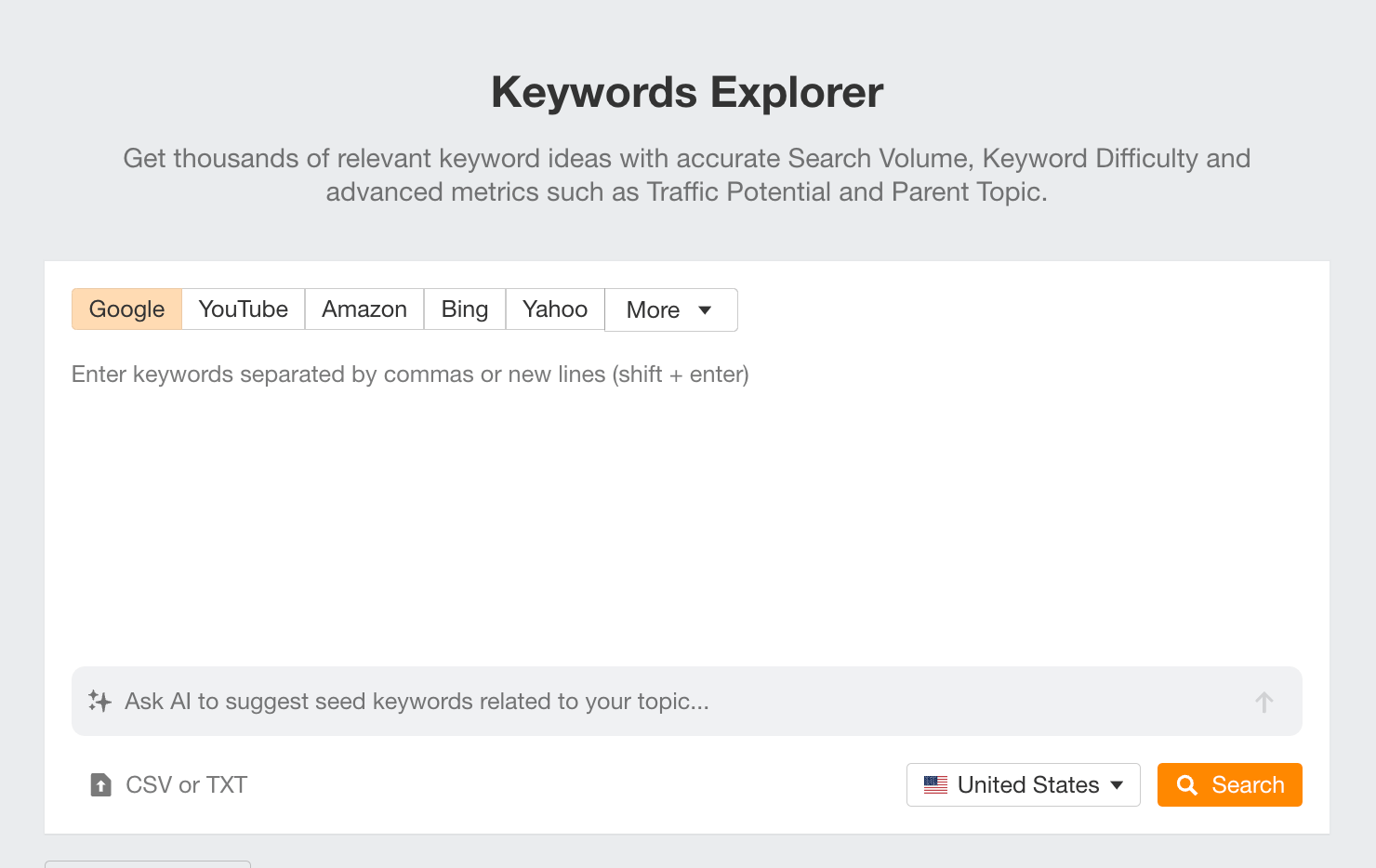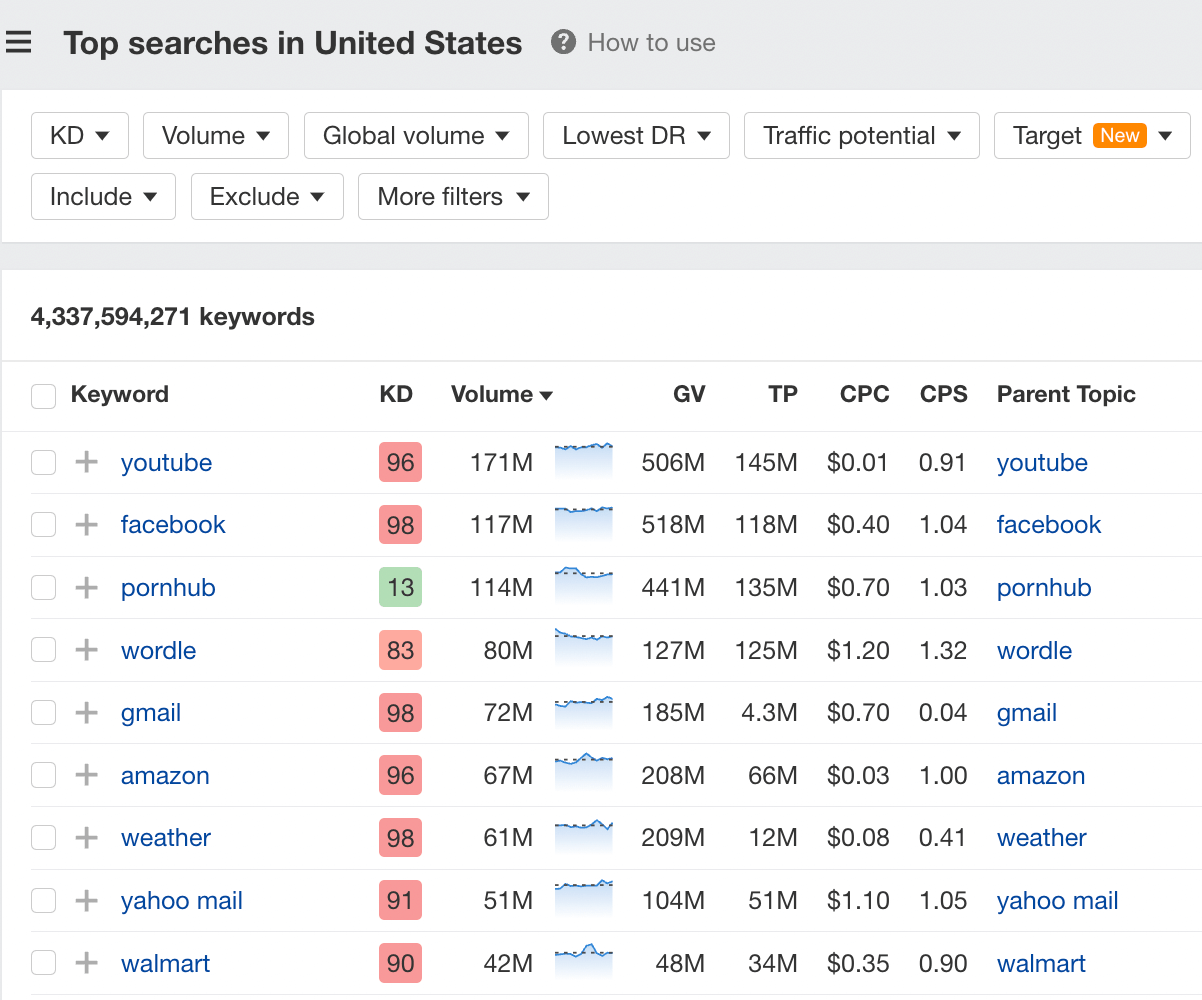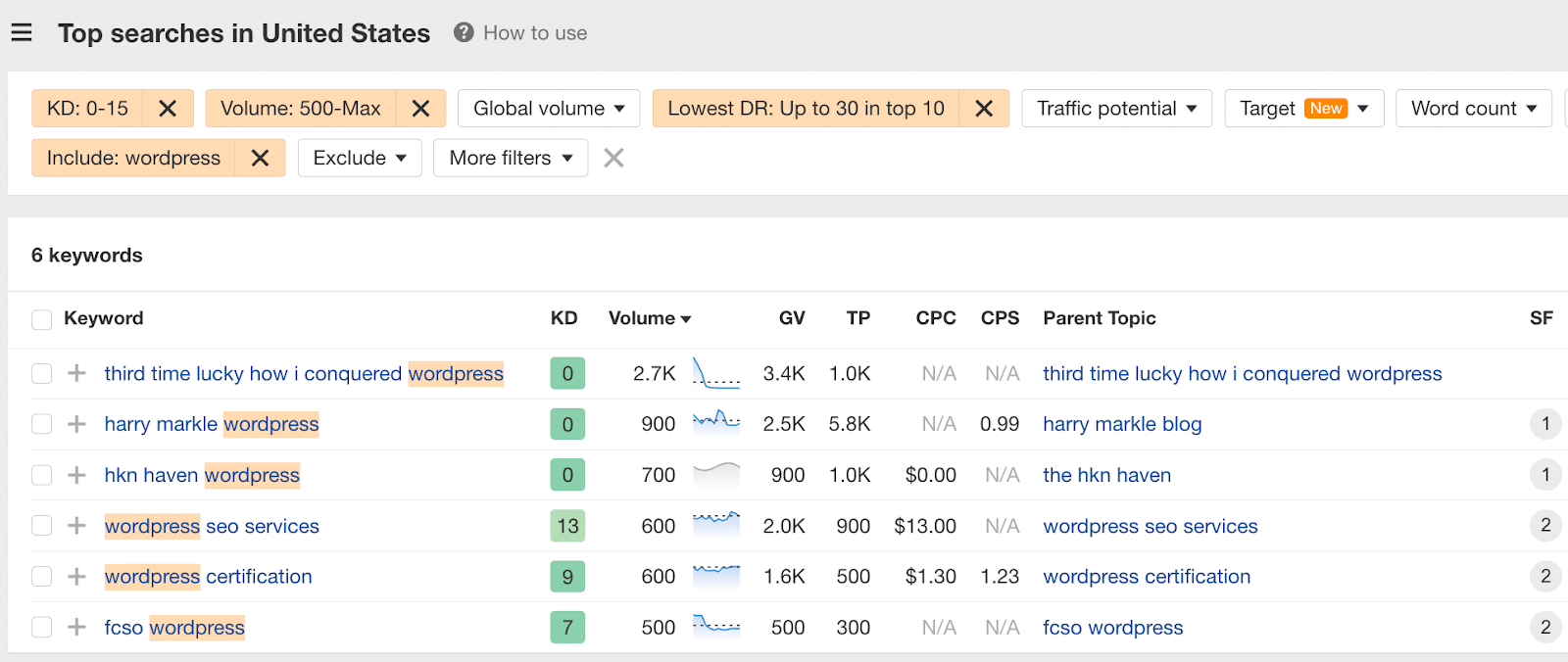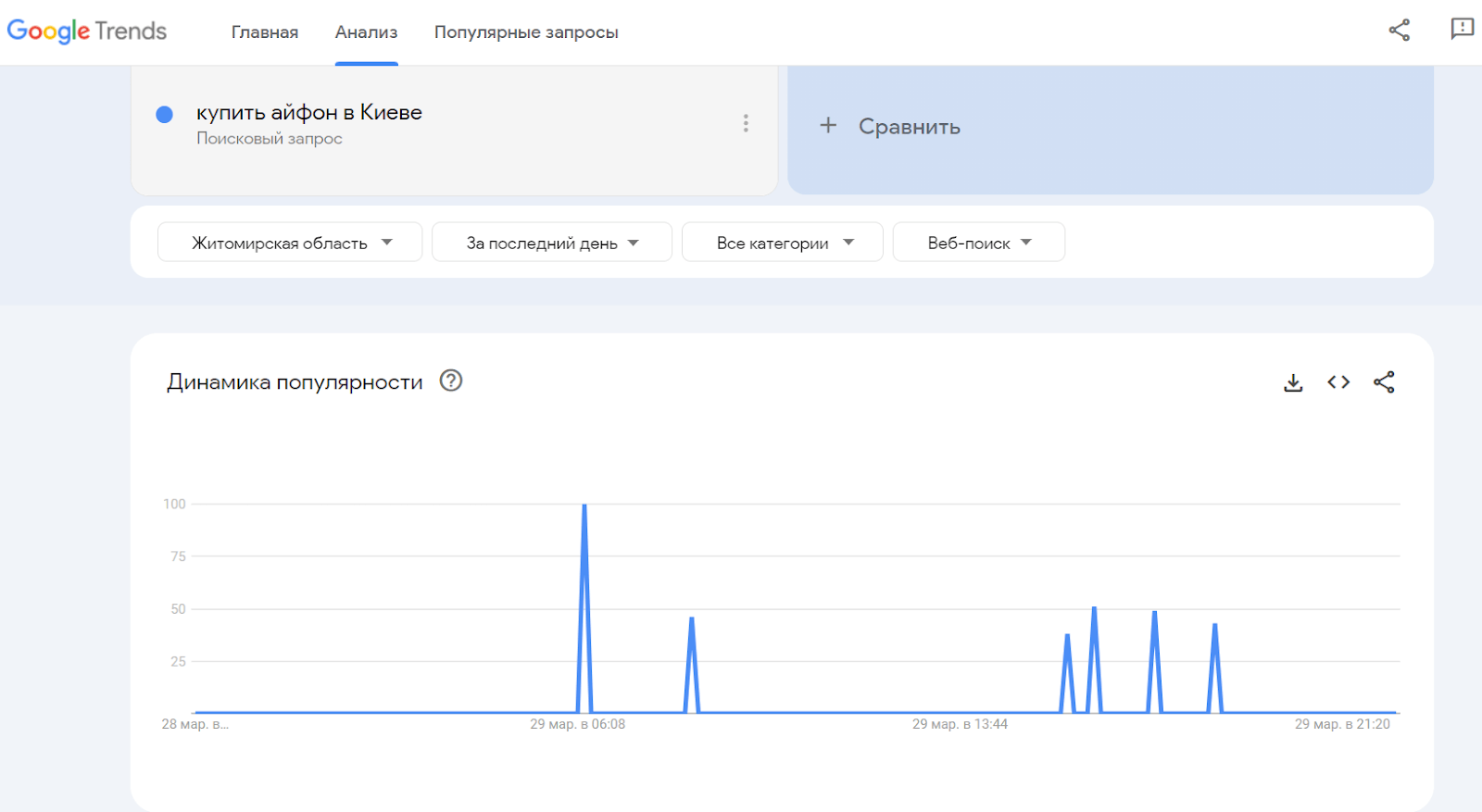How to find new keywords to promote in Google for not all the money in the world
From Experts
You are working in B2B, developing your website, and getting leads from organic. SEO and link-building budgets are growing, and so is CPL. Where can you find an island of opportunities to reach the top of Google for less than thousands of dollars?
Svitlana Velychko, the founder of Links-Stream with 7 years of experience in link building, demonstrates how to apply the Pareto principle in SEO through Ahrefs to identify low-cost keywords that generate leads. You'll get a detailed guide to finding and analyzing relevant keywords that will help you increase the number of quality leads without investing heavily. The approach helps to optimize SEO budgets, ensuring high conversion rates at an affordable price.
Why is it important to choose keywords with high volume and low competition?
Selecting keywords with high search volume and low competition is a critical aspect of SEO strategy, as it directly affects the ability to drive targeted traffic to your website and increase conversions. High-volume keywords indicate a great deal of interest from the audience, which ensures a significant flow of visitors if ranked successfully. However, high volume is often accompanied by high competition, which makes it difficult to achieve top positions in search results.
Nevertheless, there are key queries that, despite high interest, have a relatively low level of competition. Such queries provide a unique opportunity for websites, especially for new or little-known ones, to get to the top of search results and attract targeted traffic without the need to invest in expensive SEO campaigns. The correct selection of such keywords allows a website to effectively attract visitors who are already interested in the products or services offered, which significantly increases the chances of conversion.
How to apply the Pareto principle in the competitive Google TOP and get leads inexpensively? Express life hack or the story of one report
Let's take a look at how Ahrefs can help you find "easy" keywords in your niche that don't require expensive outreach or development. These can be new articles or service pages, or maybe even monosites (small sites with a focus on a specific service).
To begin with, we go to Ahrefs, open the Keywords Explorer tab, leave the field for entering key queries empty, and in the lower right corner, select the country of promotion.
Let's take the United States as an example:

After clicking on the Search button, we get the full list of key queries in a given country.

This is where the little magic begins – we need to separate from the total volume only those queries for which potential clients can find us. And not for all the money in the world, but according to the Pareto principle (that is, we want to get 80% of the result from investing 20% of effort).
The report filter will help us with this:
- KD.
We set it to 0-15. This is a synthetic indicator Ahrefs, showing the approximate number of links that need to be put on the page to reach the top for a particular keyword query.
If KD is 100 (the maximum value), it can mean thousands or tens of thousands of guest posts per page! We need to find those key queries for which links are not needed at all or minimally.
- Volume.
We set it from 500. It shows the number of users who search for a key query in a particular country during a month.
The higher the volume, the better – by promoting such keywords, you have a better chance of converting from visitors to sales.
I recommend setting the value from 1000, but in narrow niches or small countries, Volume can be reduced to 500.
- Lowest DR.
Set the DR value to 30 and TOP-10. This filter gives us insight into whether sites with low rankings rank in the TOP for keywords. Why is this important?
Because many "keys" may already be occupied by giants like eBay, Amazon, and Walmart - a young site to fight for a place in the sun with them can not.
But by applying the filter, we will see a window of opportunity just for young sites that right now have achieved results in our niche.
- Include.
Include the main words from their niche, one by one – so we will screen out key queries not from our topic. For example, I will put the word WordPress.
After applying all the filters, we get this list of keywords:

Let's get to analytics, which ones match our company's services? If we are an SEO company, we will most likely be interested in getting leads for WordPress SEO services.
Then it's a matter of technique: look at each relevant keyword query and choose the ones we can quickly "pull" pages from our site.
We would also like to draw your attention to the fact that filters in Ahrefs are just one way to optimize the keyword research process. For more accurate results, you can use a combination of different tools, including Netpeak Checker to analyze competitors and identify untapped opportunities.
Tips for selecting keyword queries
When choosing keyword queries to optimize your website for search engines, it is important to consider several practical aspects that will help improve the effectiveness of your SEO strategy:
- Understanding your target audience. Determine what issues, concerns, and interests drive your audience and use this knowledge to select relevant queries.
- Analyze niche trends. Use keyword research tools like Google Trends to track changes in the popularity of topics and queries.

- Local Consideration. If your business is focused on a specific region or local market, make sure the keyword queries you choose to reflect local characteristics and language nuances. Incorporating geolocation tags into keyword queries can greatly increase the relevancy and effectiveness of your site for local audiences.
- Using long-tail keyword phrases. These queries tend to be less competitive and more specific, making them particularly effective for attracting targeted traffic. Using longer, more specific queries will help attract visitors who are already interested in your site's offerings.

- Competitive Analysis. Study the key queries your competitors are successfully ranking for. This will provide insight into which queries are winning in your niche and help identify potential gaps in your strategy.
By applying these practical tips, you will be able to be more precise in your choice of keyword queries, which will increase the chances of your website ranking high in search results and attracting your target audience.
Why is competitor analysis important for SEO?
Competitor analysis plays an important role in your search engine optimization strategy, as it provides valuable insights into what methods and approaches the leading players in your niche are using to achieve high search engine rankings. Using specialized SEO tools, such as Ahrefs, SEMrush, or Netpeak Checker, allows you to dive deep into competitors' strategies, and study their keywords, reference profile, content, and many other aspects.
Particular attention should be paid to the key queries for which competitors rank high in search results. By analyzing these queries, you can identify potential opportunities for your website, as well as understand what topics or issues may be of interest to the target audience. In addition, studying the link profile of competitors gives you an idea of the quality and sources of their external links, which can suggest potential areas for building your link profile.
Equally important is the analysis of competitors' content, which helps to identify their strengths and weaknesses, as well as to understand which content formats and topics are most effective in engaging the audience. This allows you to adapt and optimize your content, making it more attractive and useful to users.
Ultimately, analyzing competitors and using tools to study their strategies provides the necessary data to formulate an effective SEO strategy that will allow you not only to compete successfully in search results, but also to stand out from the competition by offering a unique value proposition to your target audience.
Conclusion
The application of the Pareto principle in SEO, competitor analysis, and the effective use of analytical tools such as Ahrefs and others opens up opportunities for websites to optimize for search engines, increase their visibility on the Internet, and attract targeted traffic at minimal cost. Choosing key queries with high search volume and low competition allows you to achieve a significant increase in traffic and conversion, while an in-depth analysis of competitors' strategies provides an understanding of successful approaches and shortcomings that can be used to your advantage.
Thus, the effectiveness of an SEO strategy is greatly enhanced by a well-considered approach to keyword research and comprehensive market analysis. It is important to remember that success in SEO is not only about following proven techniques, but also about constant analysis, adaptation, and optimization to the current requirements of search engines and the expectations of the target audience. In this context, strategies based on data and a deep understanding of the market will always have an advantage, ensuring sustainable growth and development in a dynamically changing digital world.



